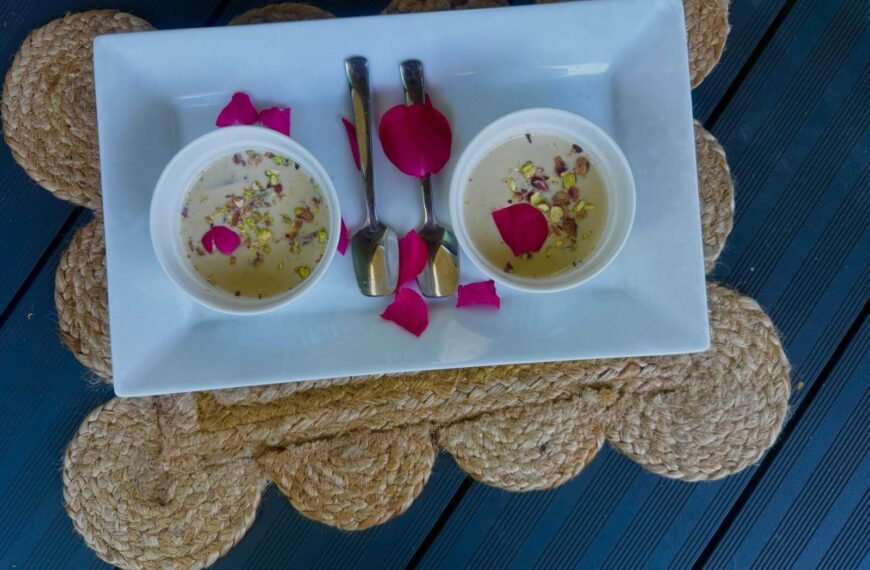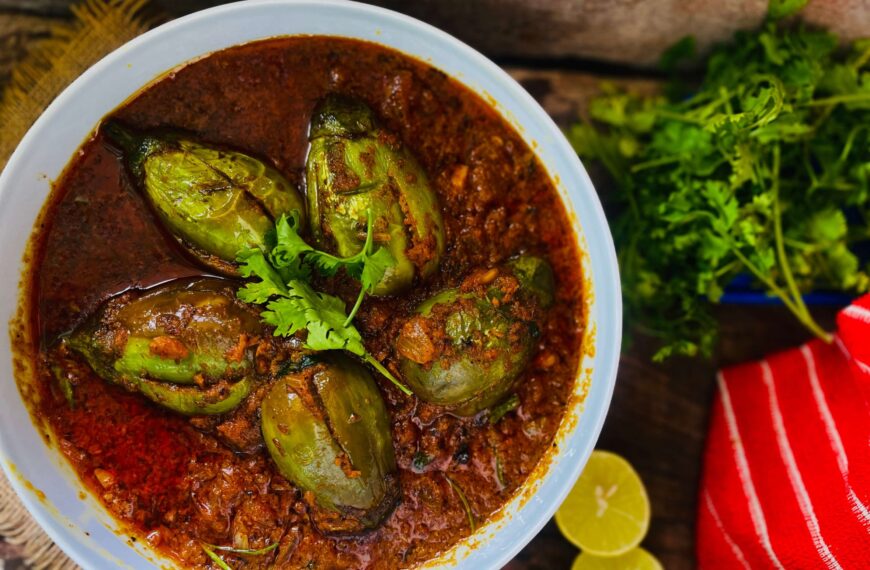Meerut was the place where the first rumblings of rebellion against the British started in 1857. Soldiers of the Bengal Cavalry were given cartridges that were covered with paper, smeared with animal fat that had to be torn off with the teeth. When orders were given to fire the Enfield cartridges, 85 out of the 90 men refused. They were shackled, imprisoned and their uniforms stripped off .They were all upper class, horse owning elite of the 3rd Cavalry. Kotwal Dhan Singh Gurjar opened the gates of the prison. The soldiers escaped, revolted, killed many of the British authorities and took over the controls. After this, a fire of mutiny started flaming as they marched to Delhi. The date, 10th May is remembered and commemorated as a local holiday here. This city which is the largest producer of musical instruments and one of the biggest manufacturer of sports goods is also an education hub. The name probably came from Mayarashtra, the kingdom belonging to Mayasura. He was Ravana, the demon king’s father-in- law and Mandodari’s father. Lily tells us about living in Meerut, as an Amry officer’s wife, in the weekly column, exclusively in Different Truths.
The husband got orders to move to what was called a staff posting in Meerut. There was much jubilation and celebration as we were getting to be near the capital of the country after the rain-soaked tenure of the east. The musty smell permeating the clothes would slowly vanish now. Meerut is the second largest Cantonment in India and was established by the British East India Company, in 1803. It was the divisional headquarters of the British Indian army from 1829 to 1920. This was also the regimental centre of Dogra, Sikh, Jat regiments and Punjab Regiment Corps of Signals.
We reached Meerut at a time when there were only 10 days left for our daughter’s final examinations. Amidst feverish settling in activities in temporary accommodation with bare necessities, I got busy copying out pages upon pages of notes for the girl. The school in the previous station was lagging behind in completing the syllabus, while this one had zoomed to the finish line. It goes to the child’s credit that despite all this hustle bustle, she secured great marks.
To my horror the closets in our new home were infected with termites, eating into the wood. I dared not open out our clothes. Soon I hit upon the crazy but viable idea of putting metal almirahs inside these wooden ones, since there was hardly any space to manoeuvre. Necessity is definitely the mother of invention. Our arrival in Meerut coincided with the colourful spring festival of Holi. The state of Uttar Pradesh has exotic traditions of Holi Milan (meeting and greeting) that lasts almost a month. People visit friends and relatives with gujiyas (a kind of sweet) stuffed with Khoya (thickened milk) and nuts and apply colour on each other’s faces. Tasty snacks like dahi badas (yoghurt with lentil dumplings) are offered with the sweets. We saw huge piles of firewood accumulated on each major crossroads. These were for Holika Dahan, the symbolic burning of evil. Incidentally, Barsana’s (near Mathura) Lathh maar Holi is world famous, where women beat the men folk with sticks in boisterous glee.
We all assembled in the officers’ mess for an organised Holi celebration. A table had bags of colour powder in different organic colours. Each of us politely put a long Tilak on the other’s forehead or applied some on the cheeks. A dholki (percussion instrument) appeared out of somewhere and the traditional Kajri was sung. By now a few mischievous elements had added some bhang (hemp) to the thandai (drink made with poppy seeds, nuts, spices and milk). There was a sudden spurt of whoops and hysterical laughter. Women shrieked as their clothes were drenched with buckets full of coloured water. The menfolk were happy with barrels of beer in their stomachs and visions of Krishna cavorting with Radha and the gopis flashing in their minds!
Meerut was also the place where the first rumblings of rebellion against the British started in 1857. Soldiers of the Bengal Cavalry were given cartridges that were covered with paper, smeared with animal fat that had to be torn off with the teeth. When orders were given to fire the Enfield cartridges, 85 out of the 90 men refused. They were shackled, imprisoned and their uniforms stripped off .They were all upper class, horse owning elite of the 3rd Cavalry. Kotwal Dhan Singh Gurjar opened the gates of the prison. The soldiers escaped, revolted, killed many of the British authorities and took over the controls. After this a fire of mutiny started flaming as they marched to Delhi. The date, 10th May is remembered and commemorated as a local holiday here.
This city which is the largest producer of musical instruments and one of the biggest manufacturer of sports goods is also an education hub. The name probably came from Mayarashtra, the kingdom belonging to Mayasura. He was Ravana, the demon king’s father-in-law and Mandodari’s father. We would look at every local lady and imagine if Ravana’s wife looked like that! The tongue-in- cheek remark was “Ah, this one looks like Ravana’s saali (sister-in- law).

The remains of Hastinapur, the capital of the Kauravas and Pandavas of Mahabharata were found a few kilometres from Meerut during archaeological excavations, in 1950. Alamgirpur the easternmost city of Indus Valley civilisation is also in Meerut. Buddhist structures from the times of Emperor Ashoka, the Mauryan ruler, are still visible near the Jama Masjid. Firoz Shah Tughlak took the Ashokan pillar that stands near Delhi University on the ridge from Meerut. Fragments of the 6th Ashokan Pillar from Meerut with his edicts in Brahmi inscription are now lying in the British Museum. In 1018, Mahmud Ghazni’s minister built the Jama Masjid. In 1192, Mohammad Ghori’s general Qutubuddin Aibak invaded the city and, in 1398, Timur plundered it! A sensational and colourful past, don’t you think? Peace and tranquillity prevailed during the Mughal Empire. Akbar the Great even had a mint of copper coins here.
Fragrant with history and diverse cultures this town grew on me. I was teaching spoken English in one institute and coaching English for bank officers in another college. This brought a lot of local youth in my life. One such chap was Irfan, who drove all the way from the old city to learn Basic English from me. He told me that his family puts up a stall of halwa paraantha (a dessert made of semolina and shallow fried wheat bread) in the Nauchandi Mela, a fair like no other. Two weeks after Holi, a wonder world of sparkling lights grows overnight in a huge area. The fair dates back to the time when it was a one-day cattle trading fair. It is now a month-long affair of all night revelry. After dusk, the streets all lead to Nauchandi. Rustic bonhomie, creative artistry and commercial activity blossom in a vast four and a half kilometre area. Red sand is strewn on the ground and light bulbs light up gleeful faces. White  cloth chandanis add a spotless dignity to the fairground .This fair is a symbol of communal harmony in a city known for its occasional flaring up of communal riots. Visitors pay obeisance at the Nauchandi temple, dedicated to Goddess Chandi, built by Mandodari, and also at Bala Mian’s Dargah, which is cheek by jowl. It’s like a perfect place for Hindu-Muslim brotherhood. I used to stand in a corner, wonderstruck at the sight of burqua clad women buying surma (powder to darken the eyes) in a surme daani of silver from an old gentleman in a Sherwani. Traders and artisans from far and wide displayed their goods. The nose teasing aroma of Mughlai food invaded the senses and set the saliva dribbling and drooling.
cloth chandanis add a spotless dignity to the fairground .This fair is a symbol of communal harmony in a city known for its occasional flaring up of communal riots. Visitors pay obeisance at the Nauchandi temple, dedicated to Goddess Chandi, built by Mandodari, and also at Bala Mian’s Dargah, which is cheek by jowl. It’s like a perfect place for Hindu-Muslim brotherhood. I used to stand in a corner, wonderstruck at the sight of burqua clad women buying surma (powder to darken the eyes) in a surme daani of silver from an old gentleman in a Sherwani. Traders and artisans from far and wide displayed their goods. The nose teasing aroma of Mughlai food invaded the senses and set the saliva dribbling and drooling.
Irfan, I can’t forget you in a hurry for you made me wolf on the largest fat oozing paraantha of my lifetime!
The other unforgettable experience in this posting was the romantic story of Begum Samru of Sardhana. It ignited many plays and films with its emotional quotient. Well the saga goes thus: Zebunissa went to Delhi to be a nautch girl (courtesan) under the acquired name of Farzana. Her charms intoxicated a mercenary European soldier named Walter Reinhardt Sombre. When she was barely 14 years old, he asked her to marry him. She went with him after marriage on his various warring missions. Nawab Najab Khan gave Sombre the jagir of Sardhana, near Meerut, as a reward for a battle that he had won. His name was not easy to pronounce by the locals so it was corrupted to Samru from Sombre. His wife, Begum Samru, decided to convert to Roman Catholicism at 40 years of age and adopted the name, Joanna. When her husband died, Begum Samru, a petite diminutive 4 feet 6 inches, ruled the army of European and Indian soldiers, as well as her vast estate with a firm hand. Once the Begum, who was the only Catholic ruler in India, decided to build a Church, she called the Italian architect, Anthony Reghelini. Dedicated to the Virgin Mary, it was a cathedral with its own Bishop for a while.
 In 1961, Pope John XXIII conferred the status of minor Basilica on it. This is reserved only for buildings of beauty and historic importance. Doric pillars, domes with a Mughal influence and spires that can be seen from far away are what sets apart Sardhana Church. The floral design of the main altar is made of white marble. The statues are exquisitely sculpted in pristine marble and there are so many of them. An open-armed statue of a benign Jesus greets you as you walk down the Long driveway. There is an aura of peace and grandeur amidst the steeples and gothic architecture. The surprise element of spying such a different world tucked away inside the sugarcane fields remains embedded in my mind’s eye. It’s not a place that tourists would normally visit until they knew about it.
In 1961, Pope John XXIII conferred the status of minor Basilica on it. This is reserved only for buildings of beauty and historic importance. Doric pillars, domes with a Mughal influence and spires that can be seen from far away are what sets apart Sardhana Church. The floral design of the main altar is made of white marble. The statues are exquisitely sculpted in pristine marble and there are so many of them. An open-armed statue of a benign Jesus greets you as you walk down the Long driveway. There is an aura of peace and grandeur amidst the steeples and gothic architecture. The surprise element of spying such a different world tucked away inside the sugarcane fields remains embedded in my mind’s eye. It’s not a place that tourists would normally visit until they knew about it.
Meerut is known for its scrumptious Gajak and Revadi made from jaggery, sesame seeds and nuts. It’s a hard candy that sells like hot cakes in winter and is a perfect souvenir to take for a loved one. The textile industry is booming too but don’t forget to buy a bat from the famous cricket bat manufacturers of Meerut. Top Indian cricketers buy their bats from here.
There is a film industry in Meerut catering to western Uttar Pradesh and Haryana. You may not know that some prominent film personalities hail from here. Bharat Bhushan, Mandakini, Chitrangada Singh, Achint Kaur, Vishal Bhardawaj, the famous director, Boney Kapoor to name a few. I loved the slightly crude though metaphor-heavy, nuanced dialect of the locals “Arre kyun lapate riya hai?”
©Lily Swarn
Pix from the Net.









 By
By

 By
By